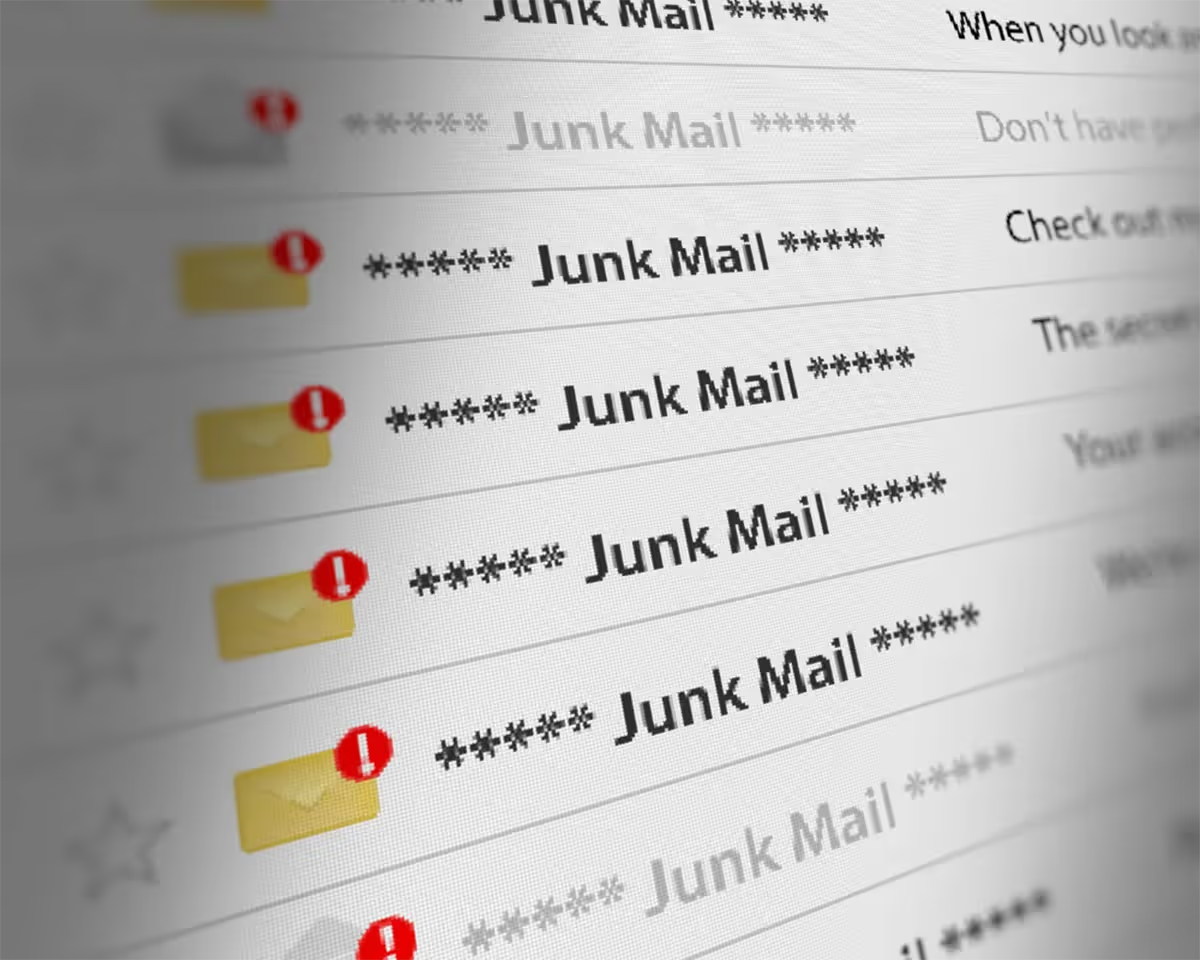Ready to create more pipeline?
Get a demo and discover why thousands of SDR and Sales teams trust LeadIQ to help them build pipeline confidently.





Get a demo and discover why thousands of SDR and Sales teams trust LeadIQ to help them build pipeline confidently.
According to Validity Email Deliverability Benchmark report, one in six messages does not reach the inbox. In addition, more than half of the messages that don’t reach the inbox are not even landing in the spam folder— and are missing from subscribers’ email accounts, never to be seen or interacted with.
Email bounces are one of the trickiest aspects when it comes to being a sales development representative (SDR).. When sending emails, there are times when the message doesn’t seem to be getting through. A common problem that everyone faces is that sometimes an email may be sent and will bounce back to you instead of the other person’s inbox. Despite the urge to just constantly follow up with more emails, it’s important to realize that it may not always work in your favor.
Many sales representatives believe that it’s not a big deal if an email or two bounces, and in most cases....you're right.
But it’s shown that if you constantly send emails that get bounced back, the algorithm picks up on this and starts filing your emails under spam. This may lead to sales representatives unknowingly banning themselves from clients’ inboxes. Sales representatives can get into their own heads and see it as a sign of bad performance when, in reality, their emails are drowning in the abyss of a spam folder. This is because servers track your IP address. If you send too many bounced emails, you may end up blacklisted. SDRs have to be mindful as this can disrupt prospecting.
SDRs can shoot themselves in the foot by getting shadow-banned. Shadow-banning happens when users cannot share their content or messages with their recipients. This means that none of your messages may reach your prospects rendering all your efforts useless.
In an effort to fight spam, Google temporarily disables your account if it suspects or detects any unusual activity on your account. They can consider sending large quantities of emails per day as suspicious. Securing your email accounts and getting verified are great ways to help prevent these problems. You can detect if you have been blocked or automatically sent to spam by sending an email to one of your colleagues, if they don’t receive it, most likely you will need to take a break from sending emails.
Another way to check if your email has been banned or disabled is by contacting customer support.
There are different reasons why email bounces can occur, and they can be categorized into either hard bounces or soft bounces. Hard bounces occur when there’s a typo, or an email is sent to a “no-reply” address. The email address may also have been deleted or may not exist. Now soft bounces, this is where SDRs should get slight anxiety as it does affect your prospecting.
While there are instances where the issue is easily fixable such as someone’s mailbox is full, it’s important never to take the issue lightly. Unlike hard bounces, soft bounces usually occur when there are issues with the email you are sending. It could be possible that you send a link that has been reported as malware or a dead link. It may just be because you’ve sent multiple emails in a short period of time. This is why it’s necessary to make sure that your emails have quality and address everything you need.
Sometimes soft bounces don’t allow you to reach the inbox and will block your email completely. Gmail, for example, will automatically start blocking your emails if there are too many bounces in a short amount of time.
When prospecting through email, it’s important to report bad data to the organization. Any email that is not verified should not be sent. But how can you fix your emails? Softwares like hunter.io can be an excellent tool to make this less tedious. Hunter.io can also help SDRs by simply typing an email in the search box on the homepage to see whether or not it’s verified.
Make sure you are pushing verified emails. Verified emails can guarantee delivery. Also, not to brag, *cough* *Cough* *violent real cough* but LeadIQ does a really solid job on this. Even Larry David would be proud.
Anyway, there are certain tips and tricks to get around the Gmail algorithm. When composing an email try removing all your bullet points. If Gmail finds bullet points, it will sometimes categorize your message as a Sales & Marketing email and block it.
Google also uses keywords to determine if an email can be marked as spam. Words associated with typical spam emails have a higher chance of being blocked.
Something that can also help decrease email bounces is a double opt-in. Double opt-in is a creative and helpful way to ensure that your emails are received. This starts by creating a mailing list and sending an email confirmation to the recipient.
What you can also do is use link tracking with different software. Every email URL has a unique link for its recipient.
The only problem is if even one person infects the link with malware, all your emails can also be put into the spam category. To counter this you can use software to link your company to your domain. This is known as custom domain tracking and helps ensure that your emails don’t get bounced. Getting a custom domain helps boost prospecting success in general, makes your domain look more professional leading prospects to be more inclined to interact with you.
There are different software that can help set up custom domains including SalesLoft and Outreach.
You can also use LeadIQ’s Data Police feature to help your prospecting.
This feature allows you to accurately report bad data and helps you find replaceable data. Data Police is driven by both the LeadIQ team and the community. It gives you rewards and overall creates efficient prospects.
So as you can see there’s hope.
Overall it’s important to be aware of what you’re sending and how it may have an affect on your prospecting. It’s easy to push quantity, it’s not easy to push quality. Taking the extra step to have quality emails is always worth it.
There are multiple applications and software that can help with this process. LeadIQ will be able to verify your emails to decrease your bounce rate. Creating a double opt-in will help you keep in contact with your prospects and using a custom domain not only makes your messages look more professional but prevents malware from ruining your prospects. Look through your emails for keywords that may cause it to get categorized as spam, the more meticulous you are the better your results.